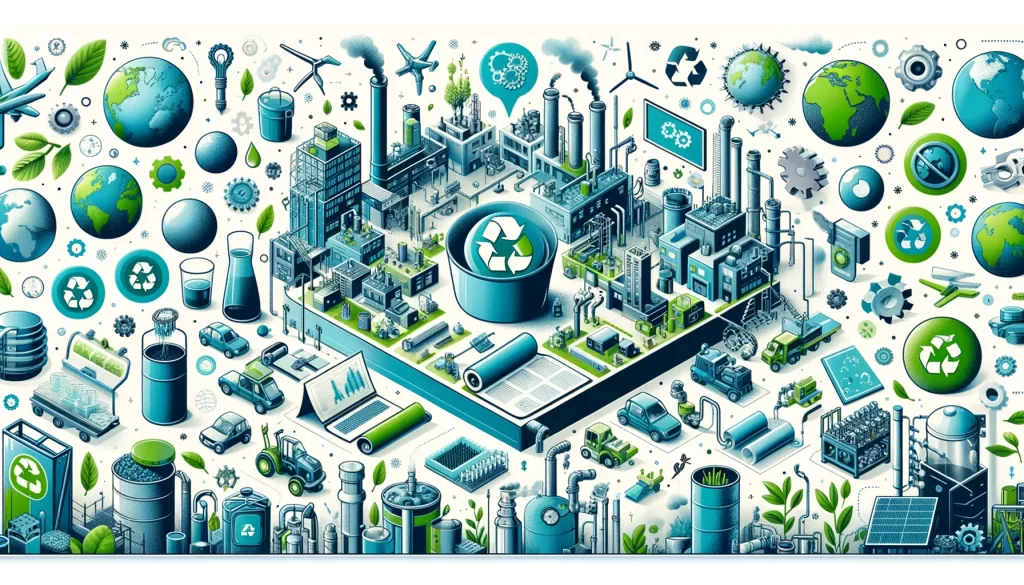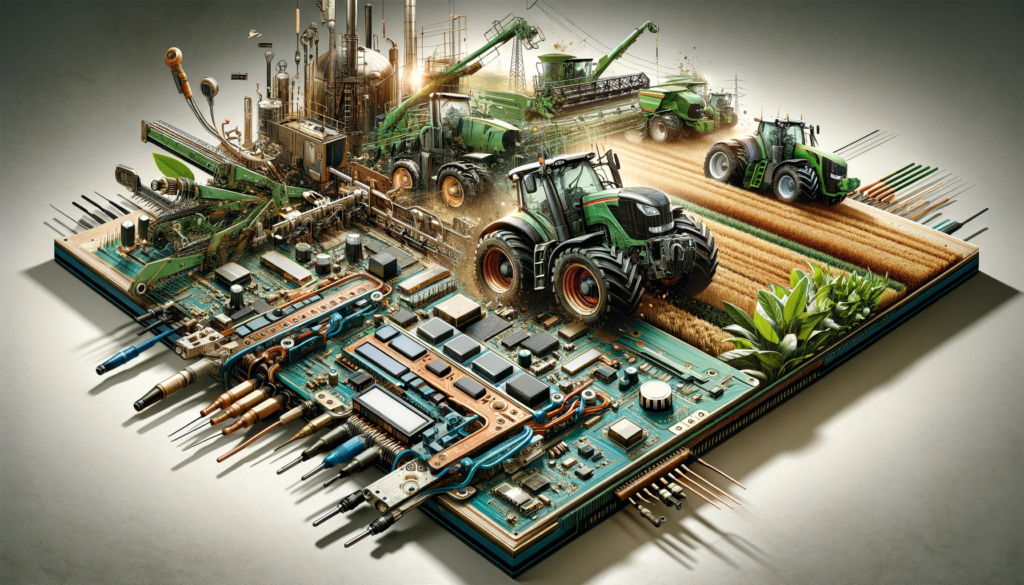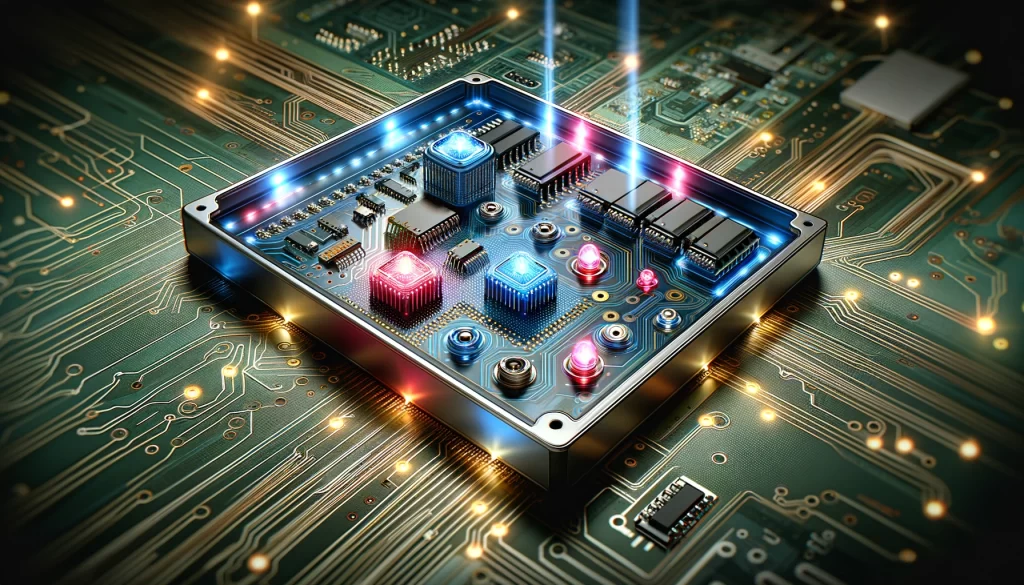Introduction
Hey there, friends in manufacturing and design! Today, let’s talk about something that’s increasingly vital in our industry – the environmental impact of membrane switch production. It’s not just about creating innovative products anymore; it’s about doing it sustainably. So, let’s dive into this green journey together!
The Footprint of Membrane Switch Manufacturing
Understanding the Impact: Membrane switch production, like any manufacturing process, has its environmental footprint. From the materials used to the energy consumed, every step has implications for our planet.
Why It Matters: In a world facing environmental challenges, it’s crucial for manufacturers to recognize and minimize their ecological impact. Plus, consumers are more eco-conscious than ever, and they expect the same from the products they use.
Material Concerns in Membrane Switch Production
Raw Materials: The starting point of membrane switch production involves various materials like plastics, metals, and adhesives, each with its environmental considerations.
Sourcing Responsibly: Choosing materials that are sustainable, recyclable, or have a lower environmental impact is key. For instance, opting for recycled plastics or biodegradable materials can make a big difference.
Manufacturing Processes and Their Green Evolution
Energy Consumption: Traditional manufacturing processes can be energy-intensive. Adopting energy-efficient practices and using renewable energy sources can significantly reduce this impact.
Waste Management: Reducing waste during production, and implementing recycling programs for post-production waste, are crucial steps towards greener manufacturing.
Innovations Leading to Sustainability
Eco-Friendly Advances: The industry is witnessing innovations like solvent-free adhesives and lead-free components, which are not only better for the environment but also for the health and safety of workers.
Sustainable Design Practices: Designing for sustainability means considering the product’s entire lifecycle, from manufacturing to disposal, and optimizing each stage for minimal environmental impact.
The Role of Certification and Compliance
Adhering to Standards: Compliance with environmental regulations and standards, such as RoHS and REACH, is not just a legal obligation but also a commitment to sustainable practices.
Certifications as a Benchmark: Obtaining eco-certifications can serve as a benchmark for sustainable practices and a way to communicate this commitment to customers.
Real-World Examples: Green Manufacturing in Action
Case Studies: We’ll explore some inspiring examples where manufacturers have successfully implemented eco-friendly practices in membrane switch production, leading to tangible environmental benefits.
The Path Forward: Embracing Eco-Conscious Manufacturing
Industry’s Green Commitment: The membrane switch manufacturing industry is increasingly embracing its role in environmental stewardship, with many companies investing in sustainable practices.
Educating and Collaborating: Sharing knowledge and best practices across the industry is key. Collaborations can lead to innovative solutions that benefit the entire sector and the planet.
Conclusion
The journey to green manufacturing in the world of membrane switches is both challenging and rewarding. It’s about taking responsibility for our planet while still innovating and meeting customer needs. As we continue on this path, let’s remember that every small step towards sustainability can lead to a giant leap for our environment.




